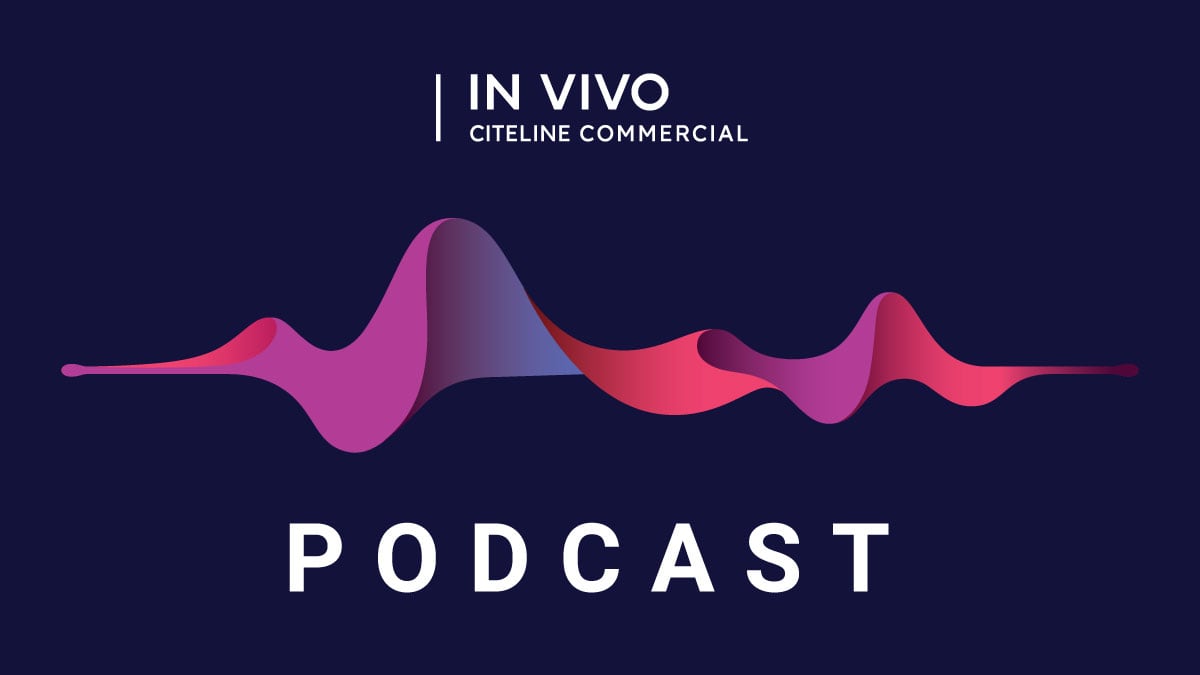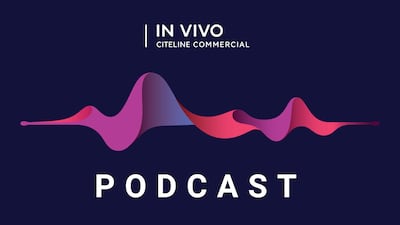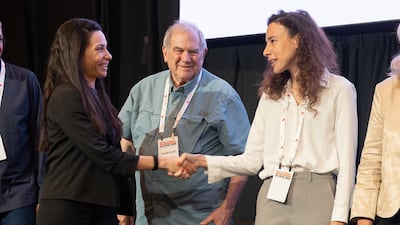In Vivo - Strategic Analysis For Medtech And Pharma Leaders since 1981

Podcasts
MoonLake Immunotherapeutics is racing ahead in the biotech space with its innovative nanobody SLK and a transformative $500m non-dilutive financing deal. In this episode, its CEO and CFO discuss the company’s rapid clinical progress, financial strategy and ambitions to reshape inflammatory disease.
Growth
Innovation
The Lioness non-surgical silicon ring implant is designed to put an end to pre-term births, sparing maternal anguish and saving health system costs. PregnanTech won the Biomed Israel 2025 medtech start-up award, and Limor Sandach told In Vivo how a non-digital technology beat off stiff competition.
In the latest podcast interview, Phil L'Huillier, CEO of Scancell, discussed the company's work in cancer vaccine development, and its selection as the first British biotech to be a part of the NHS Cancer Vaccine Launch Pad.
Leadership
Market Access
The Chinese appetite for GLP-1s is noticeable. While the market opportunity for western pharma is huge, so are the strategic market access challenges, though not unsurmountable, L.E.K. Consulting told In Vivo.















